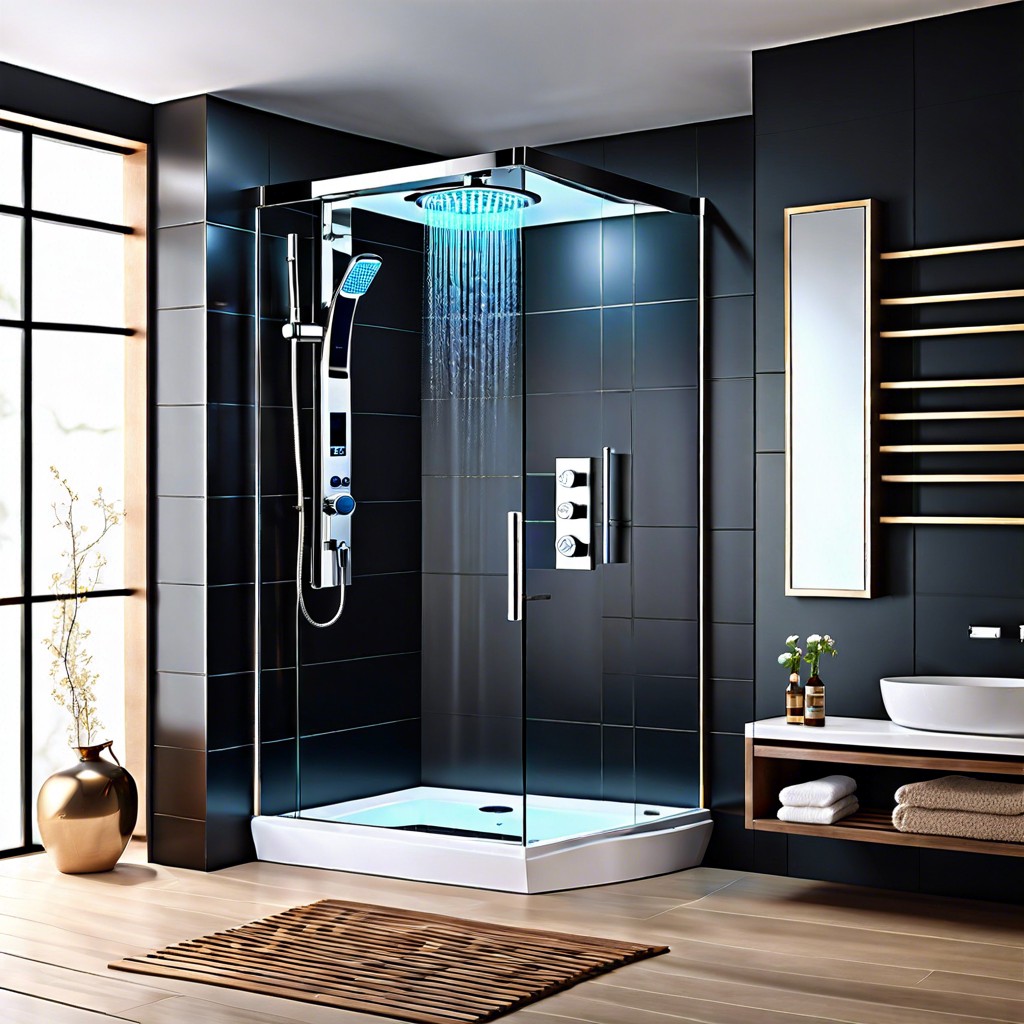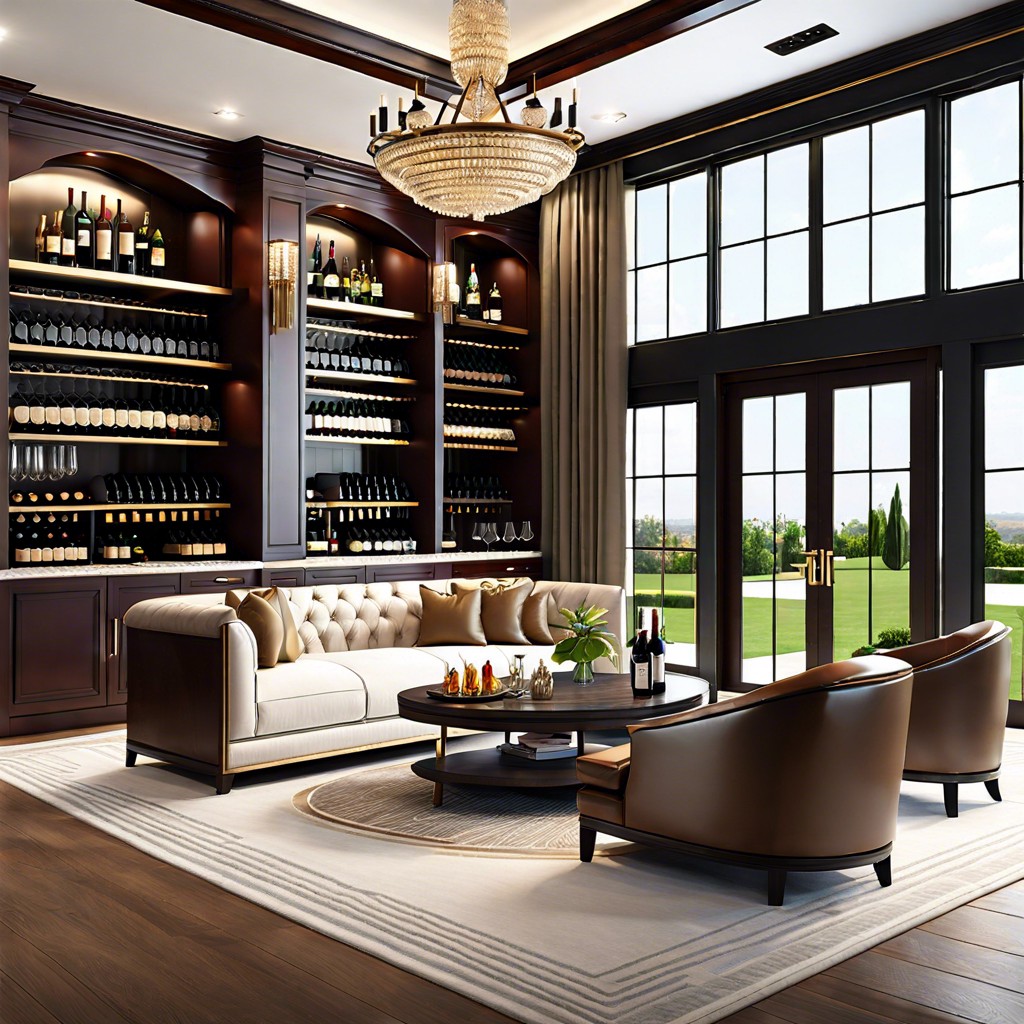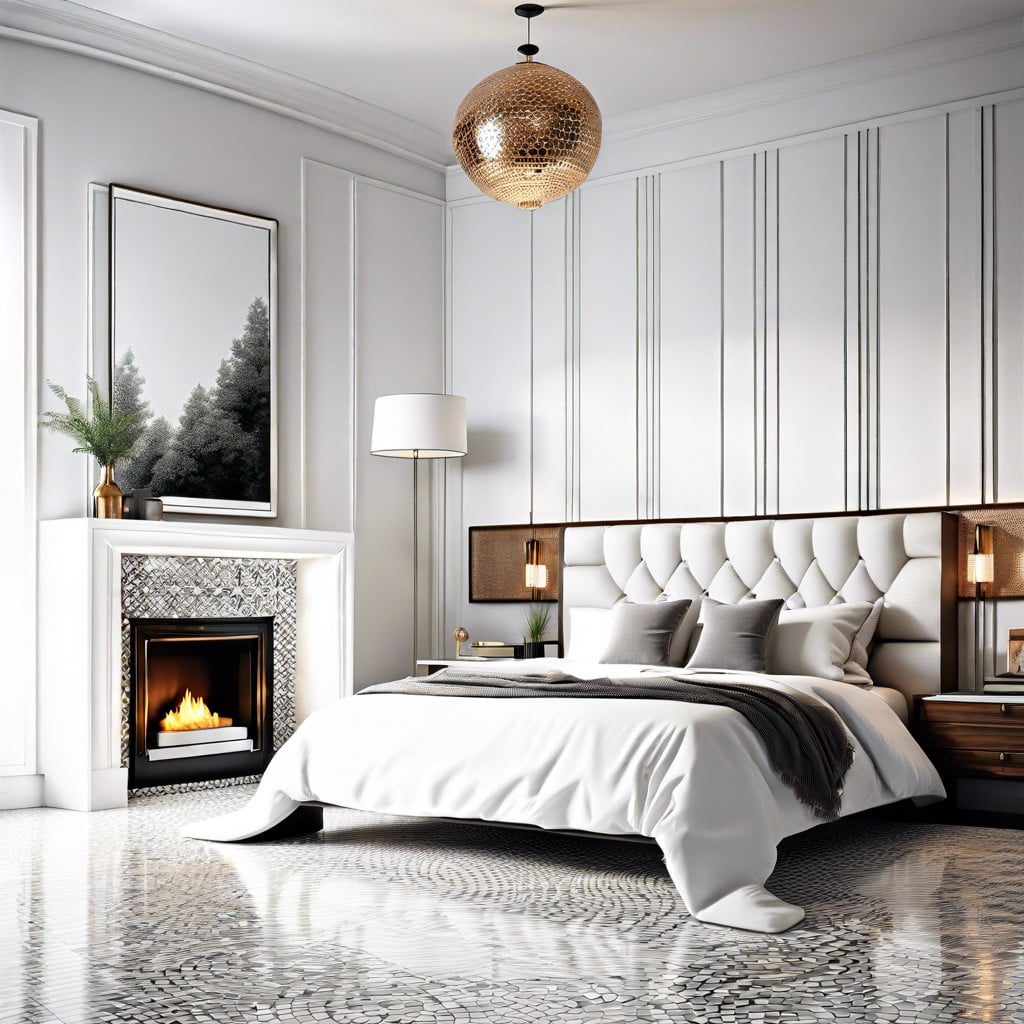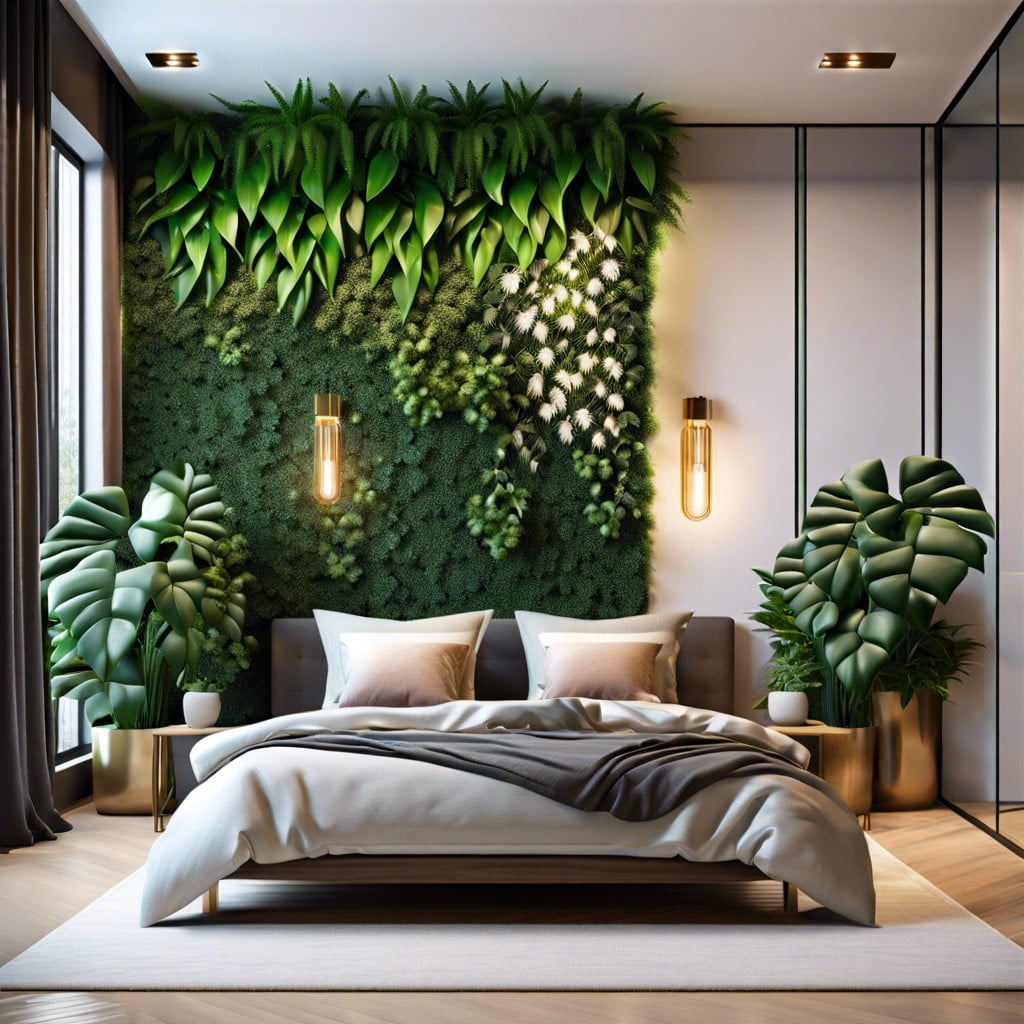Discover the essence of quiet luxury, a trend embracing understated elegance and the inherent value of craftsmanship and materials.
Key takeaways:
- Quiet luxury embodies refined elegance and attention to detail.
- It emerged from a desire for authenticity and timeless design.
- Craftsmanship and superior materials are key in quiet luxury.
- Sustainability plays a vital role in the quiet luxury aesthetic.
- Notable brands include The Row, Loro Piana, Bottega Veneta, and Hermes.
Definition of Quiet Luxury

Quiet luxury stands for an understated form of opulence that forgoes flashy logos and overt statement-making for refined elegance. The concept revolves around simplistic yet sophisticated design, where less is more, and attention to detail is paramount. A hallmark of this aesthetic is the subtle integration of superior craftsmanship, where the quality of the material and finesse of the construction speak louder than any brand symbol ever could. It’s the art of conveying status through items that don’t scream for attention but rather whisper exclusivity to those who recognize their worth. This ethos extends beyond fashion and into lifestyle choices, where experiences and personal fulfillment take precedence over public display.
Evolution of the Quiet Luxury Aesthetic
The quiet luxury aesthetic has its roots in understated elegance, evolving from a reaction to the ostentatious displays of wealth that characterized luxury in the past. This shift towards subdued refinement arose from a growing desire for authenticity and timeless design.
In the late 20th century, societal changes ushered in an appreciation for discretion in affluence. The digital age further catalyzed this transformation, as access to information increased awareness of brand practices and origins, steering consumers towards mindful consumption.
Designers began to prioritize longevity over trends, leading to a focus on classic silhouettes and palettes that transcend seasonal fashion whims. This created a ripple effect where the story behind the product – its craftsmanship, provenance, and creator – became as significant as the item itself.
The rise of the ‘experience economy’ also played a key role, with individuals seeking personal enrichment over conspicuous consumption. Quiet luxury thus came to stand for experiences and goods that offer a sense of peace, well-being, and personal fulfillment.
As we step further into the 21st century, quiet luxury continues to redefine itself, aligning with minimalistic ideals while maintaining an air of sophistication and exclusivity.
Emphasis On Craftsmanship and Materials
In the realm of quiet luxury, the meticulous selection and treatment of materials speak volumes. Artisans often source high-quality, sumptuous fabrics and materials, favoring those that age gracefully and confer a sense of timelessness. Textiles such as cashmere, silk, and fine leather are perennial favorites, each chosen for their tactile pleasure and enduring appeal.
Expert craftsmanship is equally pivotal. Artisans devote hours to perfecting a single piece, ensuring that the construction is as faultless as the material is exquisite. Techniques passed down through generations manifest in the exquisite stitching, delicate embroidery, and precise tailoring that characterize quiet luxury items. This attention to detail is quiet luxury’s silent yet powerful assertion of value and refinement.
The result? Pieces that eschew transient trends and instead offer a lasting elegance. Wearers enjoy an understated aesthetic that prioritizes personal satisfaction over display, recognizing the inherent worth embedded in the item’s construction and composition.
The Role of Sustainability in Quiet Luxury
The intersection of sustainability with luxury reflects a conscientious approach to opulence. As consumers become more environmentally aware, the appeal of items created with minimal ecological impact grows. Quiet luxury brands have taken note, incorporating eco-friendly practices as a core element of their identity.
First, these brands often utilize sustainable materials such as organic cotton, recycled textiles, and responsibly sourced leathers. The use of these materials not only reduces environmental footprint but also often enhances the item’s durability and texture, providing a subtle yet distinct sense of luxury.
Second, the production processes are reexamined for efficiency and minimal waste. Quiet luxury labels tend to favor artisans over mass production facilities, leading to reduced energy consumption and a lower volume of output that prioritizes quality over quantity.
Finally, the packaging is typically minimalistic and made from recyclable or biodegradable materials. This approach aligns with the understated nature of quiet luxury while sending a strong message about the brand’s commitment to environmental stewardship.
In embracing such measures, quiet luxury becomes more than an aesthetic choice—it’s a statement about the values of both the maker and the wearer.
Notable Quiet Luxury Brands and Designers
Quiet luxury manifests through the collections of brands that prioritize understated elegance and impeccable craftsmanship over ostentatious logos. The Row, established by Mary-Kate and Ashley Olsen, epitomizes this with its precise tailoring and a palette that exudes serene sophistication. Another paragon of discreet opulence is Loro Piana, an Italian house renowned for its sumptuous cashmere and vicuña wares, where the intrinsic value lies within the fabric’s touch and heritage rather than conspicuous branding.
Bottega Veneta is a testament to quiet luxury’s philosophy with its iconic Intrecciato weave—a detail that conveys luxury through technique, not through loud patterns or logos. Hermes, too, maintains a steadfast commitment to exquisite craftsmanship; even as it commands considerable recognition, the brand’s allure remains in the time-honored production of leather goods.
These designers and brands share a common thread: a dedication to creating pieces that speak for themselves through their quality and design, without the need for external validation. The pieces declare their worth subtly and are often recognizable only to those who truly appreciate the nuances of luxury craftsmanship.





